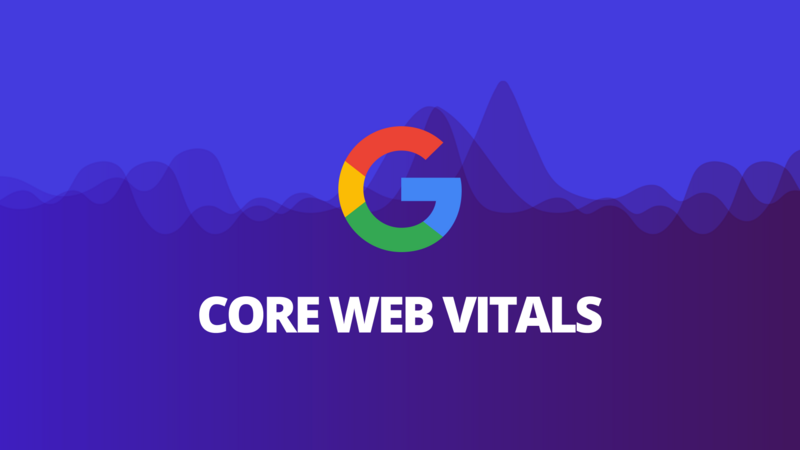
Core Web Vitals (CWV) are a set of metrics focused on user experience. The metrics themselves aren’t new, but how they’ve been labeled and how they will be used is. Core Web Vitals is Google’s experience signal and is an effort to place importance on-site usability and user experience using several predefined metrics. These metrics will be used as an organic ranking factor beginning in May 2021.
Core Web Vitals are an initiative to provide unified guidance from Google that points to quality signals essential to delivering a great user experience on the web.
Core Web Vitals are made up of three key measurements when evaluating a website’s loading, interactivity, and visual stability.
The metrics making up Core Web Vitals include:
Largest Contentful Paint (LCP)
First Input Delay(FID) and First Contentful Paint (FCP)
Cumulative Layout Shift (CLS)
The performance of those metrics will tie directly to your organic rankings.
Google will use this as part of its organic search algorithm, but beyond that, these are important metrics that will improve your website visitors’ overall experience. Improving these metrics will improve your ability to earn more traffic and drive higher conversion rates.
Driving Performance Through Core Web Vitals
Building with CWV in mind will be important for organic rankings, but getting site speed right will drive performance across all of your marketing channels. Every user, regardless of how they reach your website, and their behavior once on-site, is affected by your site’s speed.
Google has shared that site speed will directly impact organic rankings, but it’s also clear how it impacts paid media when looking at the factors that make up Quality Score.
Optimize for these metrics with organic search optimization in mind, but know that the benefits of investing in site performance will be far more widespread.
Largest Contentful Paint (LCP)
Largest Contentful Paint (LCP) measures the timing for a browser to render the largest text or image block in the viewport.
LCP should occur within 2.5 seconds of when the first page begins loading to provide good user experience.
Improving LCP comes down to:
Critical CSS and Asynchronous Asset Loading
Optimizing images
Reducing server response time
First Input Delay (FID) and First Contentful Paint (FCP)
Interactivity is measured by First Input Delay (FID). This metric helps measure your user’s first impression of your site’s interactivity and responsiveness. It looks at how fast your page loads combined with how quickly a user can interact with the page. To provide a good user experience, sites should strive to have a First Input Delay of less than 100 milliseconds. We will also want to be mindful of First Contentful Paint (FCP), an additional metric that falls under FID, which measures how fast your page loads.
To improve your FID and FCP performance:
Eliminate render-blocking resources
Leverage browser caching
Reduce server response times
Optimize code coverage
Minify
Utilize lazy loading
Cumulative Layout Shift (CLS)
Stability is measured by Cumulative Layout Shift (CLS), which looks at how a page moves around when loading. CLS can cause users to click on things they do not intend to and is often a publisher tactic to get users to click on ads. To provide good user experience, pages should maintain a CLS of less than 0.1.
Improving CLS comes down to:
Including image size attributes
Carefully inserting content
Animating using CSS Transformations
Where to Find Your Scores
Marketers and developers can see how their website stacks up in a couple of different ways. Most easily, Google provides free Page Speed Insights that report on mobile and desktop performance. Data, opportunities for improvement, and diagnostics are provided within the standard reporting.
And remember, at the foundation of every Core Web Vital metric is good page speed, which is directly impacted by server response time. Check out this post on how to improve your server response times, and take your page speed to the next level.

